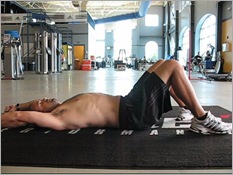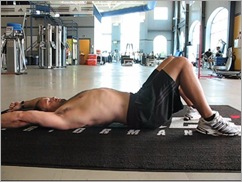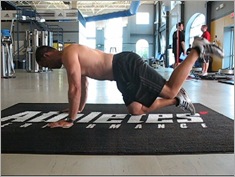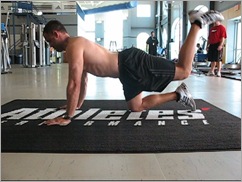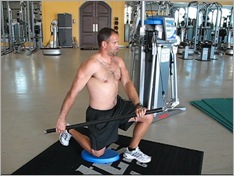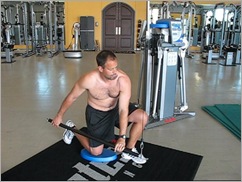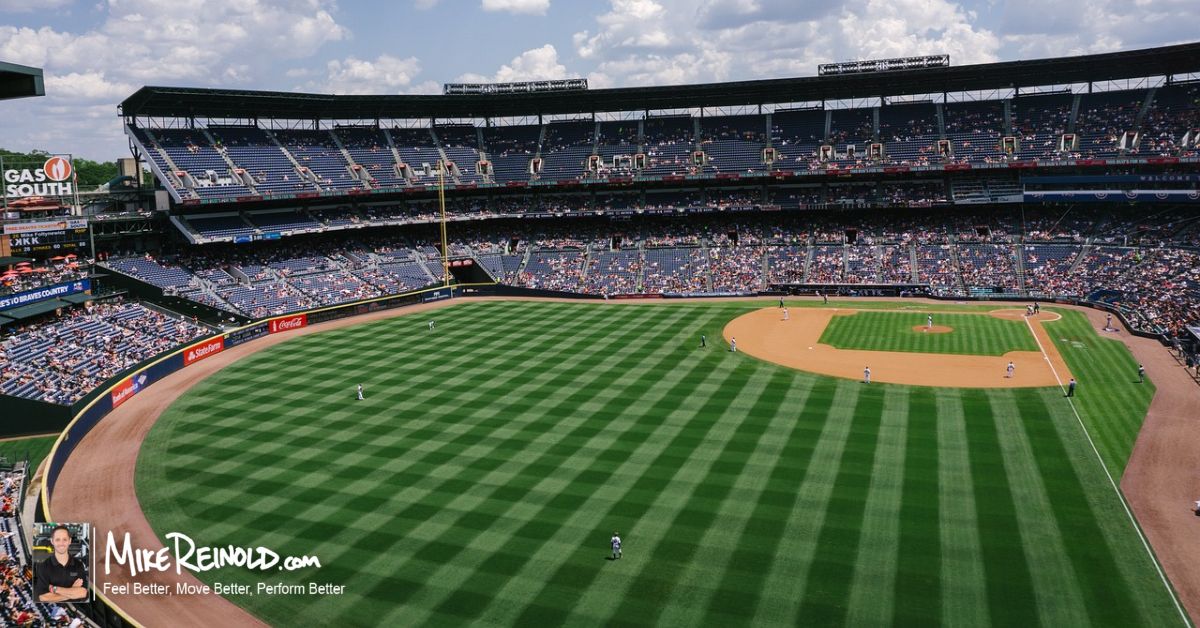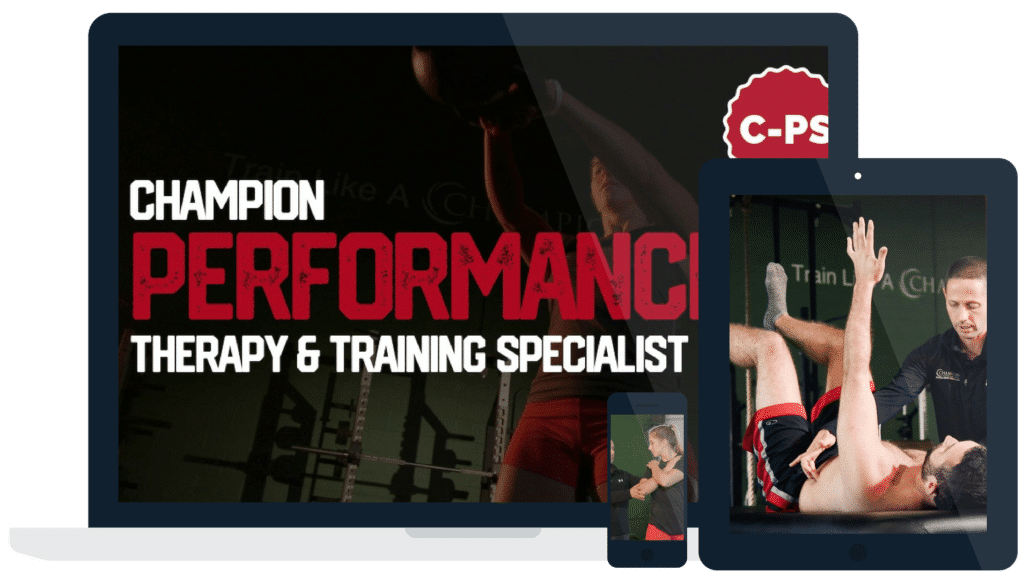Is strength alone enough to assure proper function of a specific muscle? Can a specific muscle function well without proper stabilization?

Muscle Function is Determined by It’s Specific Function AND Stabilization
This is the first time I’ve posted on Mike’s blog and I’d like to thank him for inviting me to do so. I’ve been on the site several times and found it to be a valuable resource. Hopefully this will add to it and stir up some good clinical discussion so here it goes.
I was fortunate enough to be able to attend a seminar at our Tempe, Arizona facility last November. It was put on by Athletes’ Performance, Dr. Craig Liebenson, and Ken Crenshaw. Dr. Liebenson is a well known chiropractor in L.A. and Ken is the head athletic trainer for the Arizona Diamondbacks. The seminar topic was “Dynamic Neuromuscular Stabilization” or DNS and it was presented by Prof. Pavel Kolar. His mentor was, among others, Vladimir Janda. DNS is a method designed to restore and stabilize locomotor function.
His theories have really stuck with me and have changed the way I approach treatment of my athletes. I wanted to talk about one thing in particular. The theory or fact, depending on who and what you believe, that:
“The functioning of any muscle is determined not only by its specific function but also by its stabilization.”
This leads to the conclusion that a muscle may not be weak in or of itself but rather test weak because it has insufficient stabilization proximally. In other words, every muscle or group of muscles needs a fixation point or “punctum fixum” (as Dr. Kolar calls it) in order to be able to perform its function in athletics. For example, the muscles of the rotator cuff may test weak because they are not getting sufficient stabilization from the muscles that control scapular position. In turn, the parascapular muscles may also test weak because they are not getting sufficient stabilization from the muscles that control trunk/spinal position. Conclusion? With upper and lower extremity function, everything really does come back to how efficiently the athlete stabilizes their trunk.
Some exercises/activities we commonly use to evaluate how well an athlete stabilizes their trunk (controls the position of their trunk) can also be used as trunk stabilization exercises. A few examples are as follows (from least to most difficult):
Supine Overhead Upper Extremity Elevation
Both arms are elevated overhead and we are watching for rib flare anteriorly/upwardly which could potentially indicate poor rib fixation by the obliques/poor thoracolumbar stabilization. Start and finish positions:
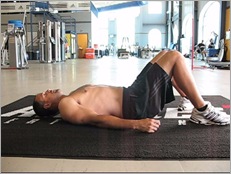
Poor mechanics are shown below, notice the lumbar spine and rib movement needed to achieve full overhead motion:
Quadruped Multiplanar Lower Extremity Movements
The hip is flexed, extended, or externally rotated from the starting position and attention is focused on how well the athlete controls thoracolumbar position during these movements. Start and finish positions:

Poor mechanics are shown below, notice the excessive trunk movement:
Half Kneeling Chop and Lift
Use a bar/cable, band, or tricep rope/cable for resistance and execute a chop or lift pattern with the upper extremities while in a one-knee-down half-kneeling position. Focus attention on how well the athlete activates and stabilizes all 3 parts of their pillar (scapula, torso, hips). Make sure the rib cage is engaged by the obliques and does not flare, the glute on the side of the down knee is activated, and scapular position/control is maintained throughout the movement. Start and finish positions:
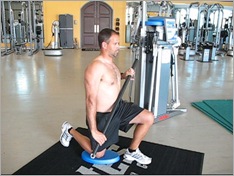
Poor mechanics are shown below, notice again the lack of control of the scaps, torso, and hips, allowing excessive motion in these areas:
When thinking about how the human body truly functions, it is important to understand specific muscle function and the consequence of lack of stabilization around the area. This is an interesting and important concept that can be applied to several aspects of rehabilitation and sports training to help achieve optimal function and performance. Have you had any success using this or similar concepts in the rehab or training of people? What other tests and exercises do you find helpful to enhance dynamic neuromuscular stabilization?
Sign up for my FREE newsletter for even more great content!

